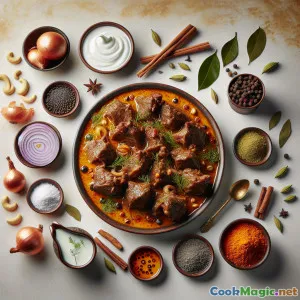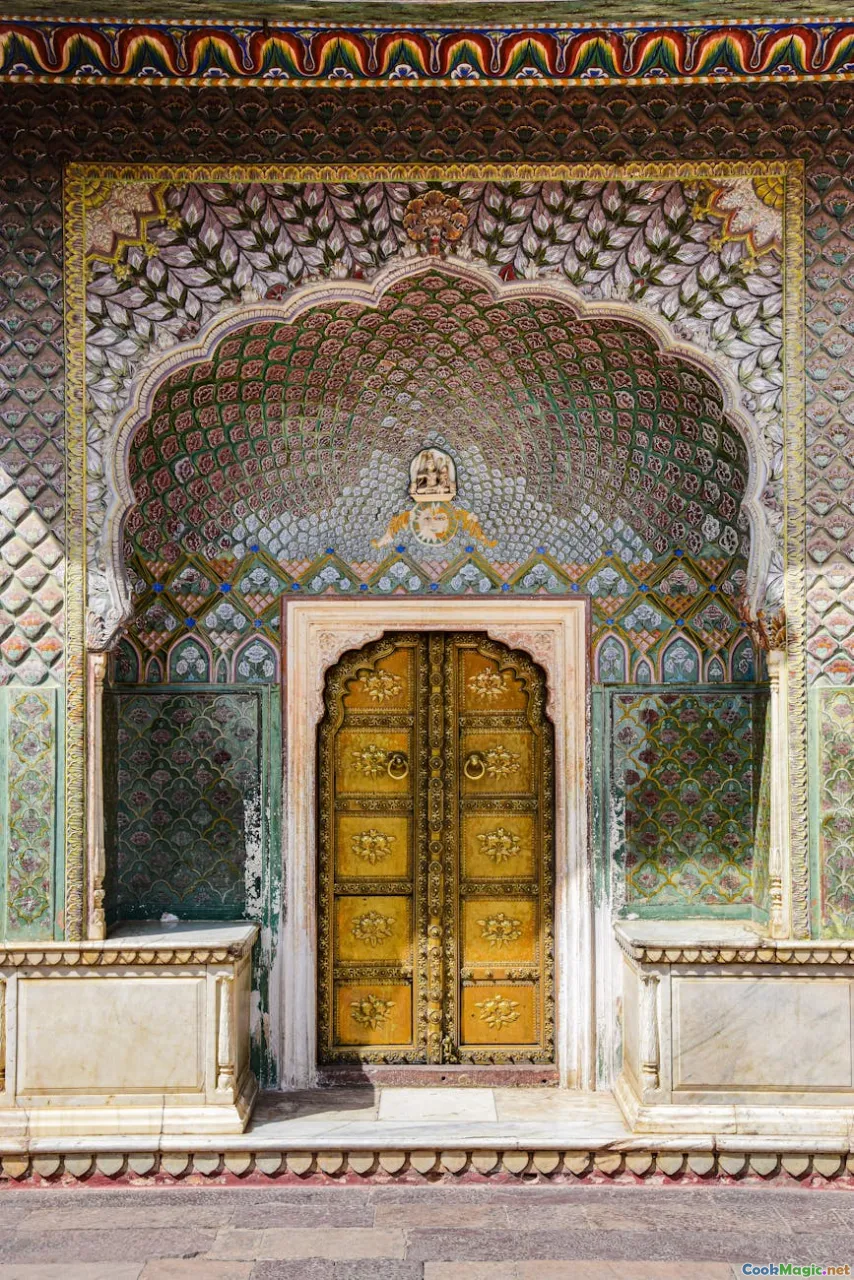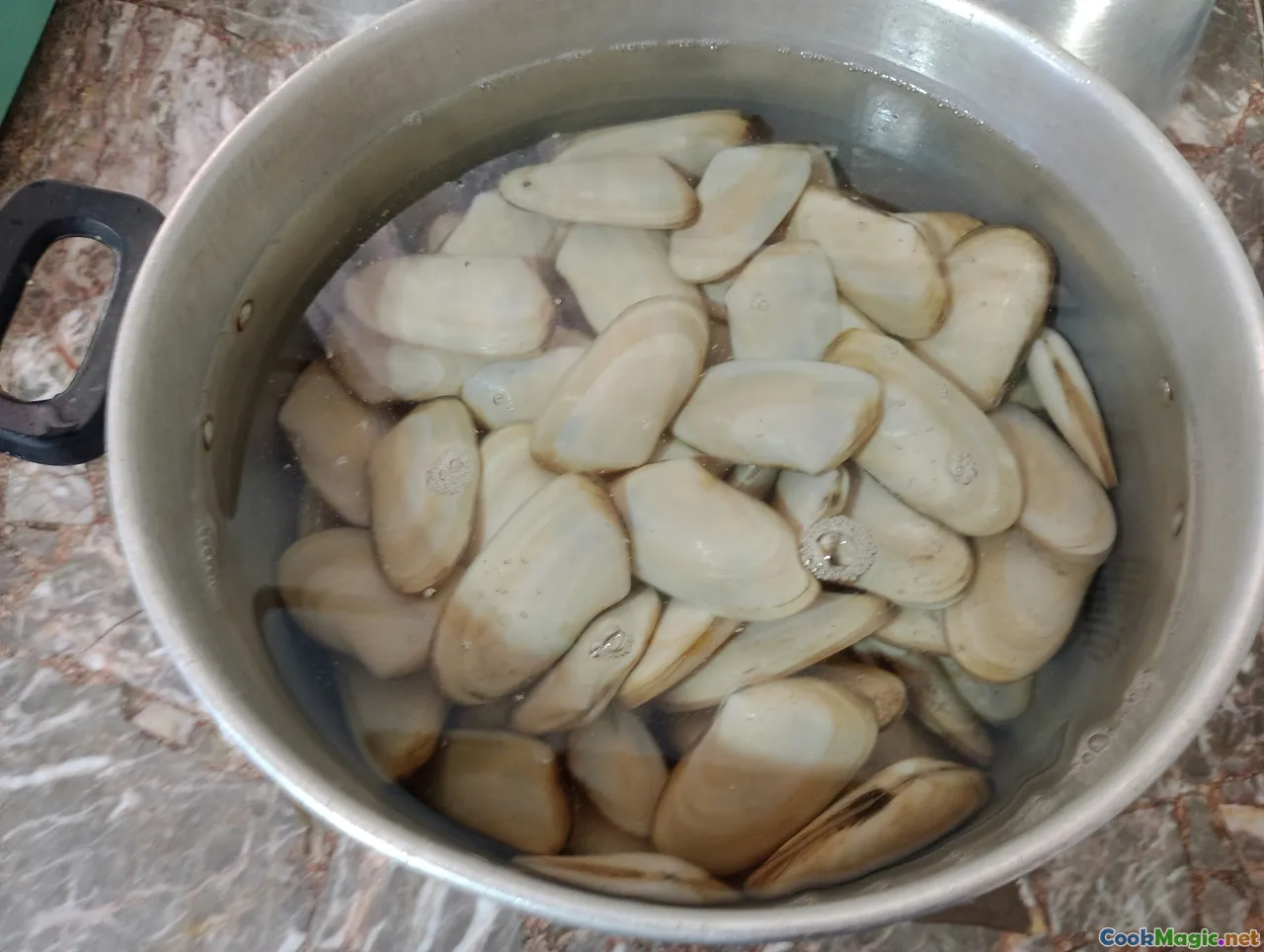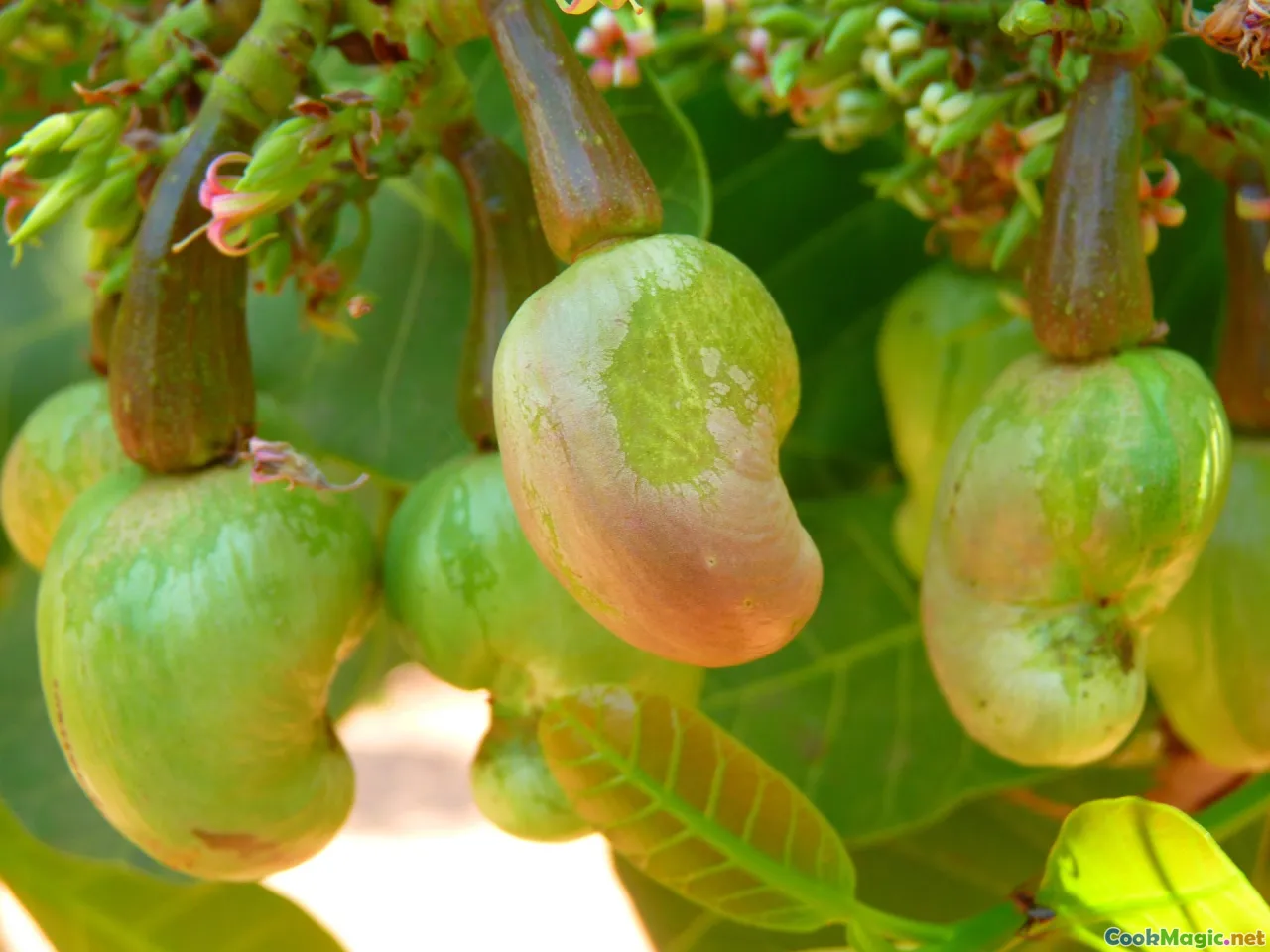
Gulai Domba Putih Kerajaan Rajasthani Terungkap
(Royal Rajasthani White Mutton Curry Unveiled)
(0 Ulasan)0
1,022
Juli 17, 2025
Laporkan Masalah
Bahan
-
600 grams Daging domba (berbumbu tulang)
(Minta potongan ukuran sedang; jika memungkinkan, gunakan bahan organik.)
-
2 medium Pasta Bawang Merah
(Bawang bombay putih lebih disukai, dihaluskan hingga halus.)
-
60 grams Kacang mete
(Rendam dan giling hingga menjadi pasta halus.)
-
20 grams Biji Bunga Poppy
(Direndam dan digiling, secara melimpah digunakan dalam saus istana.)
-
120 grams Yogurt segar
(krim penuh lemak, kocok hingga mengembang.)
-
3 tbsp Ghee (mentega jernih)
(Rasa autentik; bisa menggantikan 1 sendok makan dengan minyak.)
-
4 pieces Biji kapulaga hijau
-
3 pieces cengkeh
-
1 inch piece Batang kayu manis
-
6 pieces Biji lada hitam
-
1 piece Daun salam
-
2 tbsp Pasta jahe-bawang putih
(Segar, sebaiknya buatan sendiri.)
-
100 ml Susu
(Menambahkan kelembutan krim.)
-
1 tsp Bubuk lada putih
(Pemanasan tanpa perubahan warna.)
-
1 pinch Pala
(Parutan segar, opsional namun disarankan.)
-
1 tsp Air kewra
(Untuk catatan harum dan floral, air mawar bisa dijadikan pengganti.)
Garam, to taste
-
2 tbsp Krim segar
(Untuk sentuhan akhir.)
-
2 sheets Daun perak (varq)
(Untuk hiasan kerajaan. Tinggalkan jika tidak tersedia.)
-
1 tbsp Daun ketumbar segar
(Cincang halus, untuk hiasan.)
(Minta potongan ukuran sedang; jika memungkinkan, gunakan bahan organik.)
(Bawang bombay putih lebih disukai, dihaluskan hingga halus.)
(Rendam dan giling hingga menjadi pasta halus.)
(Direndam dan digiling, secara melimpah digunakan dalam saus istana.)
(krim penuh lemak, kocok hingga mengembang.)
(Rasa autentik; bisa menggantikan 1 sendok makan dengan minyak.)
(Segar, sebaiknya buatan sendiri.)
(Menambahkan kelembutan krim.)
(Pemanasan tanpa perubahan warna.)
(Parutan segar, opsional namun disarankan.)
(Untuk catatan harum dan floral, air mawar bisa dijadikan pengganti.)
(Untuk sentuhan akhir.)
(Untuk hiasan kerajaan. Tinggalkan jika tidak tersedia.)
(Cincang halus, untuk hiasan.)
Nutrisi
- Porsi: 4
- Ukuran Porsi: 1 mangkuk (250g)
- Calories: 550 kcal
- Carbohydrates: 21 g
- Protein: 32 g
- Fat: 37 g
- Fiber: 2.5 g
- Sugar: 6 g
- Sodium: 740 mg
- Cholesterol: 110 mg
- Calcium: 140 mg
- Iron: 3.2 mg
Instruksi
-
1 - Bersihkan dan siapkan daging domba:
Cuci bersih potongan daging kambing dan keringkan dengan saksama. Simpan sebentar. Mulailah merendam biji poppy dan kacang mete dalam air hangat untuk membuat pasta.
-
2 - Campur pasta:
Giling kacang mete yang direndam dan biji poppy hingga menjadi pasta halus, tambahkan sedikit air jika perlu. Pisahkan, haluskan bawang bombay putih.
-
3 - Tumis rempah utuh:
Panaskan ghee dalam wajan berat. Tambahkan kapulaga, cengkeh, kayu manis, lada hitam, dan daun salam. Biarkan mereka mendesis hingga harum.
-
4 - Campuran bawang dan yogurt:
Tambahkan pasta bawang, masak dengan api pelan hingga aromanya lembut dan campuran menjadi bening. Tambahkan pasta jahe-bawang putih dan tumis hingga agak keemasan. Aduk yogurt, masak dengan api kecil hingga minyak terpisah.
-
5 - Goreng hingga kecoklatan dan kunci jus daging kambing:
Tambahkan potongan daging kambing ke wajan, goreng cepat di atas api besar selama beberapa menit hingga seluruh bagian berwarna kecokelatan.
-
6 - Tambahkan pasta kacang dan bumbu:
Aduk pasta kacang mete dengan biji poppy, garam, lada putih, dan sedikit pala. Biarkan semuanya menyatu selama 5–6 menit dengan api kecil.
-
7 - Masak perlahan hingga sempurna.:
Tuang susu dan sekitar 1,5 cangkir air. Tutup, masak dengan api kecil selama 50–60 menit hingga daging kambingnya empuk seperti lumer dan kuahnya mengental.
-
8 - Sentuhan Akhir:
Matikan api. Aduk krim segar dan perlahan-lahan campurkan air kewra untuk memberi aroma. Cicipi garamnya.
-
9 - Hiasan dan Sajikan:
Ambil dengan sendok makan ke piring sajian, susun lembaran daun perak yang berkilau, dan taburkan ketumbar cincang. Sajikan panas, dengan sheermal atau nasi wangi.
Cuci bersih potongan daging kambing dan keringkan dengan saksama. Simpan sebentar. Mulailah merendam biji poppy dan kacang mete dalam air hangat untuk membuat pasta.
Giling kacang mete yang direndam dan biji poppy hingga menjadi pasta halus, tambahkan sedikit air jika perlu. Pisahkan, haluskan bawang bombay putih.
Panaskan ghee dalam wajan berat. Tambahkan kapulaga, cengkeh, kayu manis, lada hitam, dan daun salam. Biarkan mereka mendesis hingga harum.
Tambahkan pasta bawang, masak dengan api pelan hingga aromanya lembut dan campuran menjadi bening. Tambahkan pasta jahe-bawang putih dan tumis hingga agak keemasan. Aduk yogurt, masak dengan api kecil hingga minyak terpisah.
Tambahkan potongan daging kambing ke wajan, goreng cepat di atas api besar selama beberapa menit hingga seluruh bagian berwarna kecokelatan.
Aduk pasta kacang mete dengan biji poppy, garam, lada putih, dan sedikit pala. Biarkan semuanya menyatu selama 5–6 menit dengan api kecil.
Tuang susu dan sekitar 1,5 cangkir air. Tutup, masak dengan api kecil selama 50–60 menit hingga daging kambingnya empuk seperti lumer dan kuahnya mengental.
Matikan api. Aduk krim segar dan perlahan-lahan campurkan air kewra untuk memberi aroma. Cicipi garamnya.
Ambil dengan sendok makan ke piring sajian, susun lembaran daun perak yang berkilau, dan taburkan ketumbar cincang. Sajikan panas, dengan sheermal atau nasi wangi.
Informasi Lebih Lanjut: Gulai Domba Putih Kerajaan Rajasthani Terungkap
Safed Maas Sheherwali Style: A Regal Heritage on Every Plate
Introduction & History
Safed Maas Sheherwali Style is not simply a dish; it epitomizes the confluence of Rajasthani royalty and unique Sheherwali Jain cultural influences that thrived in Murshidabad—once Bengal's seat of power and multicultural splendor. Traditionally, 'Safed Maas' in Rajasthan signifies a mutton curry solely bathed in white gravies, eschewing red chilies and vibrant spice blends for slivers of subtlety and aromatics. The Sheherwali community, celebrated for their mercantile nous and discerning finesse, reflected their regal opulence in banquets interwoven with Mughal and Marwari essence.
What Sets Sheherwali Safed Maas Apart?
This rendition’s reverent homage to timeless princely kitchens lies in its orchestral balance: a medley of nuts—cashew and poppy seed paste—enrich the velvety gravy, harmonizing with mellow yogurt, floral spices, and an occasional kiss of rose. Unlike the fiery red gravies, this one seeks a gentle elegance, letting the tender mutton and creamy sauce sing. What truly distinguishes the Sheherwali style is:
- Refusal to use regular red chili, turmeric, or harsh garam masala.
- Joyous embrace of mild white pepper, aromatics, nuts, and flower essences.
- Frequent use of a touch of floral (often kewra or rose) water for fragrant finish.
- Optional application of shimmering silver leaf (‘varq’) for special feasts.
Cooking Secrets, Tips, & Personal Notes
Meat Selection: How the mutton is cut matters. Choose pieces with bone—the slow, hour-long simmer is what yields a gravy bursting with flavor and the supremely tender characteristic of no-nonsense regal curries.
Cashew-Poppy Paste: Ensure both nuts and seeds are soaked for at least half an hour to ensure smoothest grinding. A fine, velvety paste prevents grittiness in that prized white gravy.
The Aromatic Difference: Frying whole spices in ghee initiates the dish’s symphony. Control the flame and sauté aromatics gently to repel bitterness from onions and garlic.
Milk & Yogurt Marriage: To master a shamelessly lush yet subtle sauce, you must balance milk and yogurt, whisking slowly into the base to avoid curdling.
Garnishing with Class: For formal occasions, delicate sheets of edible silver leaf leave a striking impression and hint at the aristocratic table.
Accompaniments: Sheherwali Safed Maas is customarily enjoyed with sheermal (sweet saffron flatbread), soft naans, or plain fragrant basmati. When seeking contrast, jeera rice punctuates the meal’s richness.
If you crave a vegetarian tweak, simply substitute paneer chunks or boiled potatoes and use the core technique.
Cultural Significance
Though Sheherwali cuisine for the most part follows Jain vegetarian laws, at grand social functions or interactions with the Rajasthani nobility, such royal celebratory non-veg dishes were nuanced for a gentle, extravagant palate. Carefully balanced spices and an absence of overbearance honor ancient codes of hospitality, appeasing both privilege and probity. They stand as a testament to the meld of Jain thought, royal opulence, and Mughal artistry.
Final Musings & Aspects
If you seek to wow guests with an unforgettable feast in a velvet white, this dish will become a party centerpiece. It’s a paean to delicate flavors over unrestrained heat. Its silken texture—lavished with nuts and milk—soothes, yet leaves a savory trailing note, gently coaxed upward by keora’s floral finish.
For best results:
- commit to slow-cooking;
- be gentle when adding milk or yogurt;
- don’t skip the little musk of nutmeg or the sweet floral note at the end.
Whether for a winter gathering or a festive thali, Safed Maas Sheherwali Style will transport your table across time, drawing every guest into a world where flavor, refinement, and festivity reign.























